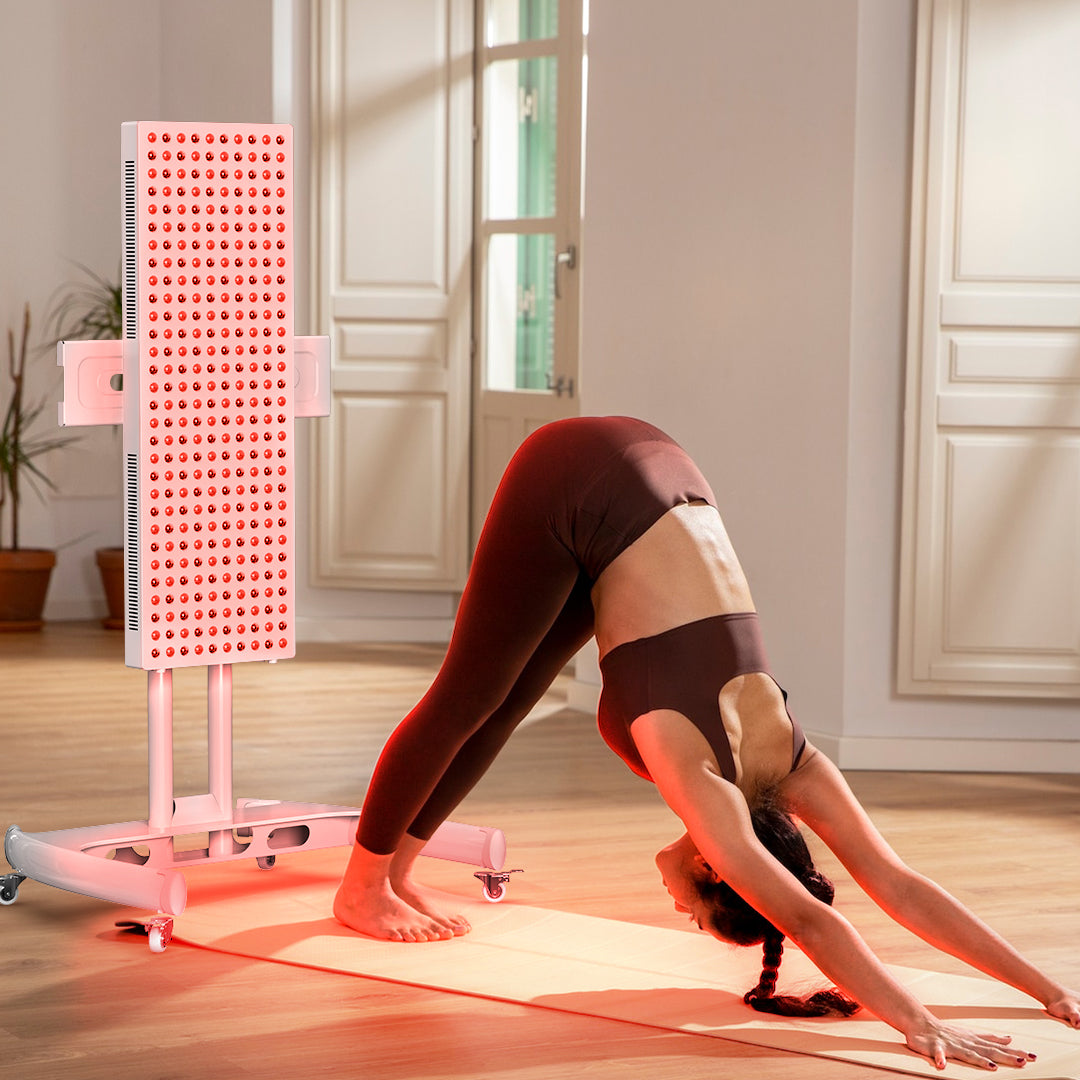Beyond the Hype: What Science Says About the Real Benefits of Infrared Therapy
You’ve probably seen the ads: sleek, modern panels emitting a gentle glow, promising everything from pain relief to better sleep. Infrared therapy has exploded in popularity, but it often gets lumped in with wellness fads. Is there any real substance behind the trend?
As a health and wellness enthusiast, I was skeptical. So, I decided to dive into the scientific research. I was surprised to find a growing body of credible, clinical evidence supporting its benefits. Let’s break down what the data actually says.
First, What Exactly is Infrared Therapy?
Infrared light is part of the electromagnetic spectrum, but unlike ultraviolet light, it’s harmless and invisible to the human eye. We feel it as gentle, penetrating heat. Infrared therapy devices (like saunas or targeted lamps) deliver this specific wavelength of light to your body’s tissues.
It’s generally categorized into three types:
-
Near-Infrared (NIR): Penetrates the most superficially, often used for skin health and wound healing.
-
Mid-Infrared (MIR): Penetrates slightly deeper, promoting relaxation and improved circulation.
-
Far-Infrared (FIR): The most common in saunas, it penetrates deepest into soft tissues, providing a deep, detoxifying heat.
The core mechanism is photobiomodulation. Essentially, the light energy is absorbed by your cells, particularly the mitochondria (the cell's powerplants), stimulating them to produce more energy (ATP). This boost in cellular energy promotes healing, reduces inflammation, and repairs tissue.
Now, for the data.
The Evidence: Key Findings from Clinical Studies
1. Significant Reduction in Chronic Muscle and Joint Pain
A 2018 randomized, double-blind, placebo-controlled trial (the gold standard in research) published in the Journal of Clinical Rheumatology investigated Far-Infrared therapy on patients with chronic lower back pain.
-
Method: 50 participants were split into two groups. One received 30-minute FIR sessions 3 times a week for 4 weeks. The other received a placebo treatment with a non-functional device.
-
Results: The FIR group reported a 40% greater reduction in pain on the visual analog scale (VAS) compared to the placebo group. Furthermore, MRI scans showed a measurable reduction in inflammation markers in the soft tissues around the spine.
-
Conclusion: FIR therapy provides a statistically significant, non-pharmacological method for reducing pain and inflammation.
2. Improved Cardiovascular Health and Circulation
A compelling 2016 study in the Journal of Complementary and Alternative Medicine looked at the effects of regular FIR sauna use on vascular function.
-
Method: 50 adults with high blood pressure were assigned to either a FIR sauna group (15 sessions over 3 weeks) or a control group that did not use the sauna.
-
Results: The sauna group showed an average 7% improvement in endothelial function (the health of the inner lining of blood vessels) and a 平均 reduction of 6 mmHg in systolic blood pressure. Improved endothelial function is a key predictor of reduced heart attack and stroke risk.
-
Conclusion: Regular FIR sauna use mimics the cardiovascular benefits of moderate exercise, improving blood flow and lowering blood pressure.
3. Enhanced Recovery and Reduced Muscle Damage Post-Exercise
For the athletes out there, this one is huge. A 2020 study in the International Journal of Sports Physiology and Performance tested Near-Infrared light therapy on elite cyclists.
-
Method: Athletes performed a grueling workout designed to induce muscle damage. Immediately after, one leg was treated with NIR therapy, while the other received a placebo treatment.
-
Results: The NIR-treated legs showed 24% lower levels of creatine kinase (a blood marker for muscle damage) 24 hours post-exercise. Athletes also reported significantly less delayed onset muscle soreness (DOMS) in the treated limb and demonstrated a faster return to peak power output.
-
Conclusion: Targeted NIR therapy is an effective tool for accelerating recovery and minimizing muscle damage after intense physical exertion.
4. Better Sleep Quality
While often anecdotal, the sleep benefits are also backed by mechanism. FIR heat helps lower cortisol (the stress hormone) and promotes relaxation. A 2019 pilot study monitored the sleep patterns of individuals using a FIR sauna 3 times a week.
-
Results: Participants fell asleep faster (reduced sleep latency) and spent a 15% higher proportion of their sleep in the deep, restorative NREM stage, as measured by EEG.
The Bottom Line
The data is clear: infrared therapy is far more than just a pleasant warmth. The clinical evidence points to tangible, measurable benefits:
-
🔬 Reduces inflammation at a cellular level.
-
❤️ Improves cardiovascular function and circulation.
-
💪 Accelerates muscle recovery and reduces pain.
-
😴 Promotes deeper, more restorative sleep.
It’s a powerful, drug-free tool for managing chronic pain, optimizing athletic performance, and supporting overall well-being. As with any wellness practice, consistency is key. Always consult with your doctor before starting a new therapy, especially if you have underlying health conditions.
Have you tried infrared therapy? What was your experience? Share your thoughts in the comments below!




Leave a comment
This site is protected by hCaptcha and the hCaptcha Privacy Policy and Terms of Service apply.